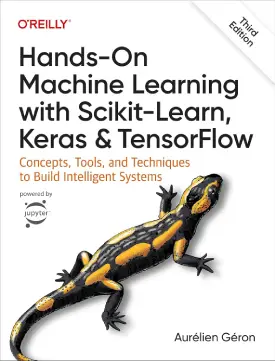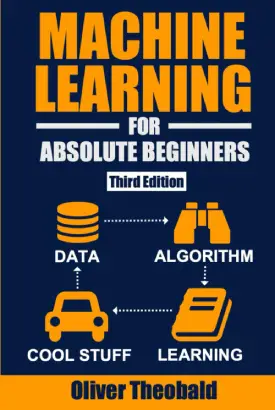Large Language Models (LLM)
LLMs
Large language models are complex language models, part of artificial intelligence, which use deep learning techniques through the use of neural networks. LLMs operate with very large datasets as well as a multitude of parameters (millions, billions, trillions, etc.).
Datasets within large language models contain immense quantities of unlabelled text. The large language models train on these datasets through self-supervised and semi-supervised learning, and as such, are able to perform comprehension, generation, and prediction of content. Fine tuning, prompting engineering, and reinforcement learning from human feedback (RLHF) are also important characteristics of LLMs.
- Fine tuning refers to further training of new data to the pre-trained model
- Prompting refers to additional input information (prompts) to the trained model
- RLHF refers to a training of a model, including human feedback in the training process
Currently, LLMs develop and improve very rapidly and many innovative applications arise in several dsicplines. Nevertheless, the development (including sustainability) of these models is extremely expensive.

Advantages
- Able to process huge amount of information and learn from it
- Applicable in a wide variety of tasks and problems (generalisaiton)
- Ability of high-performing generation alongside high accuracy
- Revolutionising the overall artificial intelligence field
Challenges
- High developmental and operational cost
- Very complex system and difficult understanding of the model’s decisions
- Requirement for immense amount of data and high computing power
- Model training process includes bias and prejudice
How do Large Language Models Work?
Large language models work by learning patterns and structures in text data through advanced neural network architectures like transformers. They use self-attention mechanisms to understand context and generate human-like text based on learned patterns. The training involves massive datasets and computational resources to fine-tune the models for specific tasks. The following is a simplified explanation of how LLMs operate.
- Learning from Text
- Breaking Down Text
- Training
- Using the Model
- Attention to Context
- Layers of Understanding
- Fine-Tuning
- Generating Text
Firstly (1), LLMs read a lot of text from books, articles, websites, and more. They learn patterns, meanings, and structures in the text. Secondly (2), text is broken down into small pieces called tokens (like words or parts of words). Furthermore (3), the model learns to predict the next word or fill in missing words in sentences. This training helps the model understand grammar, facts, and some reasoning. Then (4), when you ask a question or start a sentence, the model uses what it learned to predict the next words. It tries to generate text that makes sense based on the patterns it has seen.
Afterwards (5), the model pays attention to all parts of the input text to understand the context and meaning. This helps it make better predictions about what comes next. Furthermore (6), the model has many layers that each understand the text in different ways, from basic grammar to complex ideas. After that (7), sometimes the model is trained further on specific topics or tasks to make it better at those things. And finally (8), once trained, the model can generate new text, answer questions, write stories, and more, by predicting one word at a time based on what it’s learned.
Usage of LLMs
Law firms may use LLM to support paraphrasing as well as translation of legal documents.
Retail companies may use the modelling tools to enhance their customer experience and support though the implementation of AI online assistance and chatbots.
Biology sciences may implement large language models to help comprehend the human body’s structural elements such as DNA, molecules, cells, proteins, and so on.
Healthcare may use LLMs to improve patient experience through AI care and wellness systems. These models may also be applied in the understanding and improvement of disease diagnostics and solutions.
Financial businesses may use the modelling tools for risk management and fraud detection.
Marketing organisations may implement LLM systems to optimise its advertising systems, improve customer comprehension, and develop more efficient marketing strategies.
Developers may use large language models to support the development of software.
Previous: Machine Learning Algorithms




